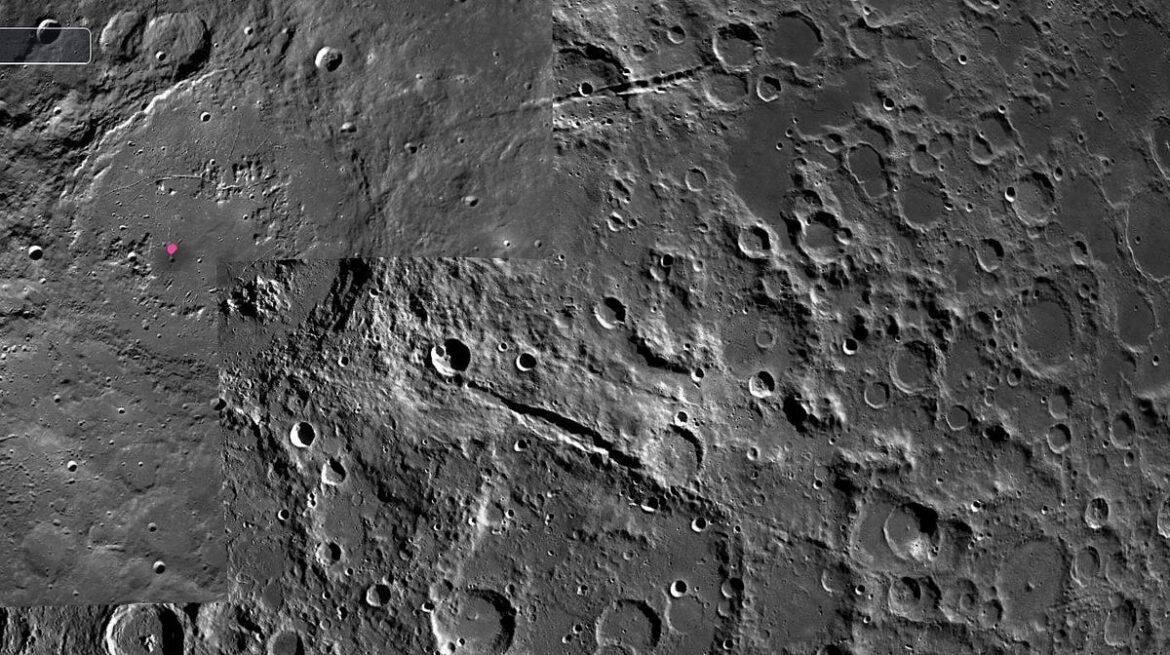Our Moon is full of craters, basins, and ancient lava flows. But two large lunar Grand Canyons have the same origin: a single, giant impact.
Both astronomically and geologically, our Moon has long been one of the most fascinating objects to all of humanity. With giant mountains, rich arrays of craters, ancient lava basins and more, it tells a very different history than Earth: one without volcanoes, oceans, weather, an atmosphere, or active plate tectonics to erase imprints on its surface. Unlike the Earth, where our surface is geologically very young, many features on the Moon are billions of years old, with some features dating back more than four billion years: to nearly the earliest moments in our Solar System’s history.
And yet, there are some similar-looking features between our world and our smaller companion world: giant canyons. Here on Earth, features like the Grand Canyon were carved by flowing water over many millions of years, with the release of huge stores of water — previously held back by dams of ice during our planet’s ice ages — responsible for the majority of the canyon’s width and depth. But on the Moon, there is no liquid water on the surface, and there likely never was. Yet many long, deep channels and valleys…

